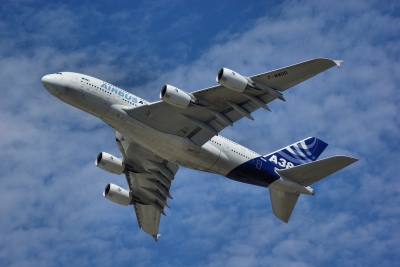
The aircraft engine industry is one of the most highly skilled sectors with regard to the use of high-tech materials and advanced manufacturing technologies. Constructing lightweight, cost and performance efficient parts stretches conventional materials and technologies to their limits. Often surface treatments are used to widen the range of applications without changing the material composition.
In many cases the shot peening treatment enhances the surface characteristics of rotating parts in aircraft engines. It is well known as a way to prevent the initiation and propagation of cracks. Impacting the surface with force, shot peening entails plastic deformation. It produces a compressive residual stress layer and modifies mechanical properties of the parts.
Major disadvantage of this method is that shot peening generally increases the surface roughness and therefore, reduces aerodynamic efficiency on aerofoil. To keep the aerodynamics of the design within its optimal range, very low treatment intensities are needed to prevent distortion and an unacceptable increase of the roughness, whilst inducing residual stress to raise resistance to fatigue.
In this field the company Rolls-Royce, one of the world’s largest makers of aircraft engines, and the University of Kassel, Germany, carried out extensive investigations. The researchers compared three different shot peening procedures as regards roughness, hardness, residual stress magnitude and depth.
They tried to identify a method that leads to the required mechanical properties but keeps the increase of surface roughness to a minimum. Therefore, similarly processed specimens of a titanium alloy were treated with defined target intensity and coverage to find an optimal set of parameters.
The results of the investigation show clearly the difference between the three peening methods. Treating the specimen with the same intensities, coverages and almost similar parameters does not produce the same roughness, hardening, or residual stress distribution. Shot peening with steel shows the best overall performance for the analyzed application.
However, all examined shot peening applications increase the surface hardness, which can delay a crack start. The observed creation of residual compressive stresses at the surface and in the depth of the material hinders crack propagation and could lead to crack stagnancy. The shot peening treatment also generates an isotropic surface structure. All these effects have a positive influence on the fatigue resistance.
Image: Tim Beach / FreeDigitalPhotos.net

